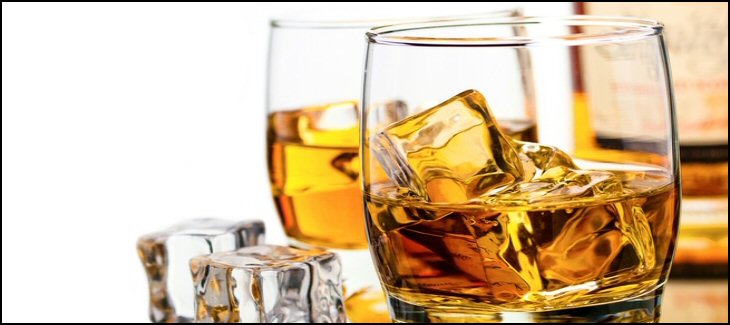Canadian Whisky
Canadian whisky is distilled primarily from the fermented mash of corn, wheat, rye or barley. According to Canadian law, in order to be labeled a Canadian whisky a spirit must be:
- mashed, distilled and aged in Canada
- aged in ‘small wood’ for a minimum of three years
- bottled at a minimum of 80 proof
Compared to American and Scotch whisk(e)y, the rules governing Canadian whisky are rather lax. Interestingly, Canadian law does not specify the grain mixture or type of barrel used for aging. The addition of caramel and other flavoring is also permitted. Furthermore, Canadian whisky is often a blend made mostly of neutral spirits and rarely contains more than 10% straight whiskey. This results in a whisky that is lighter and less harsh than bourbon or Scotch. It is ideal for newcomers to the whisky (or whiskey) category since it is easy to drink and often quite affordable.
Canadian Whisky vs. Rye whisky
Originally, Canadian whisky contained a large amount of rye in its grain mixture. Thus earning it the generic nickname “rye” among Canadians. This nickname is still in use, even though many of today’s Canadian whiskies are distilled primarily from corn. Interestingly, Canadian whiskies of all grain types can be legally labeled as “rye.” The terms Canadian Whisky, Canadian Rye Whisky and Rye Whisky are all used interchangeably under Canadian law.
Prohibition & Bootleggin’
While the amount of Canadian whisky “pouring” over the border into the U.S. during prohibition is often exaggerated, a sizeable amount did find its way into American speakeasies. Because rye was more expensive to work with and left a harsher finish, many Canadian whisky producers switched to other grains, specifically corn, as their main ingredient. Americans who decided to break the law and have a drink between 1919 and 1933 were often drinking bootleg whisky from Canada.Americans developed a taste for the lighter spirit, and it remains popular even today.


